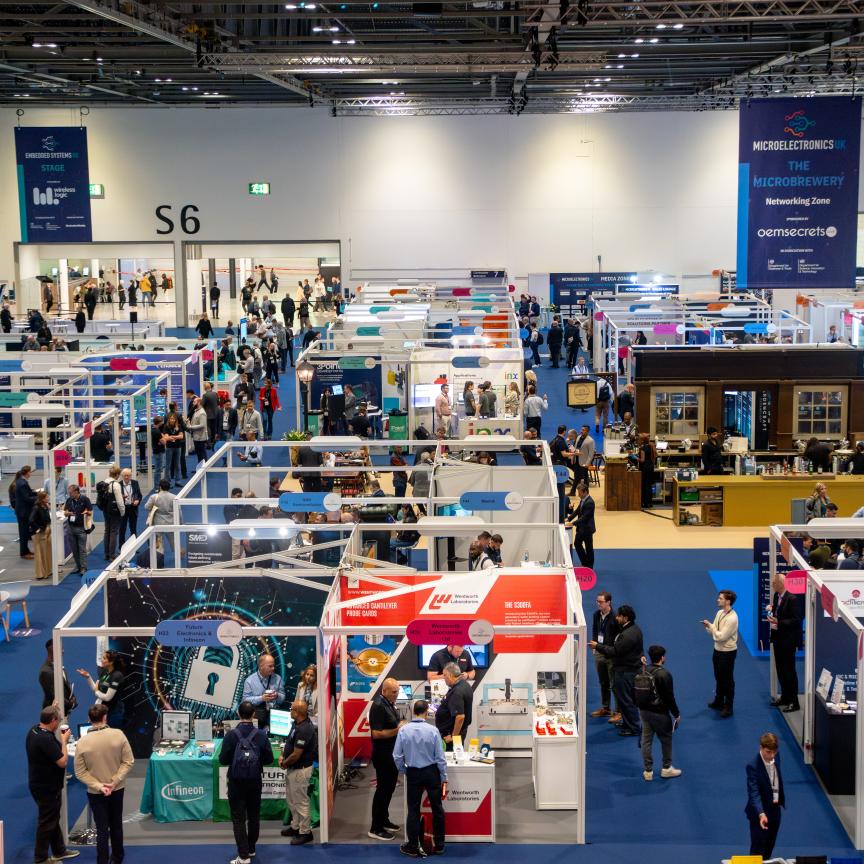Greg Blackman and Jessica Rowbury find that firms at SPIE Photonics West are crying out for optical scientists
The shortage of optical engineers in Europe and the USA is a growing ‘concern’ for the industry, according to executives speaking during a panel discussion at SPIE Photonics West on 17 February.
Gloria Hoefler, director, optical integrated components group at Infinera, commented during the discussion that there is ‘definitely a need for more engineers’ and that it will be ‘quite challenging’ to meet that demand. She added: ‘As a country [USA], we need to do better to encourage students to remain in optical engineering.’
She was not alone in her views, with the rest of the panel – Christof Lehner, Trumpf’s general manager for North America; Dirk Rothweiler, VP of Jenoptik’s Optical Systems division; Sam Sadoulet, CEO of Edmund Optics; and Alex Schoenfelder, VP of Commercial Lasers at Lumentum – agreeing that more needs to be done to train and retain optical engineers.
Both Sadoulet and Rothweiler stopped short of calling the engineer shortage a crisis, but said it was a concern. Jenoptik has set up education initiatives in Germany with universities in conjunction with Zeiss and Schott, while Edmund Optics has also established apprenticeship schemes in Germany. Sadoulet noted that it was more difficult to find trained talent in the USA, China and Singapore.
Photonics West ran a job fair as part of the exhibition, with Apple and Microsoft among the firms advertising employment opportunities. Microsoft is interested in recruiting graduates specialising in optics for the devices and consumer section of its business, which includes smartphones, tablets, computers, and game consoles.
Schoenfelder commented that competition for graduates is stiff in the photonics sector with companies like Google, Amazon and Microsoft looking for skilled engineers. As Sadoulet noted: ‘It’s a good time to be an optical engineer.'
During a separate 'getting hired' panel, which also took place at Photonics West, Jim Hawley, principal electro-optics engineer at Lockheed Martin Space Systems Company, commented that optical engineers should try to encourage their engineering peers into the optics field in order to expand the sector. ‘Engineering in itself is a great field. There are engineers making very good money throughout the US, and probably Europe and Asia. Optics engineering is emerging as a very small slither... [Lockhead Martin] has around 150 optical engineers. We need to train more of them. This is why I wanted to be a panel member here, because we need to encourage our engineering peers into this field.'
There are also other challenges for employers, including finding staff for roles that require some level of experience but that are not senior positions, according to Nishant Mohan, director of product management and marketing at Wasatch Photonics. Speaking to Electro Optics after a panel discussion on what makes a good optics and photonics workplace, Mohan said that, whereas senior positions are filled very quickly and there are often plenty of graduates applying for first-entry jobs, it can be challenging to find experienced engineers for medium-range job roles.
Aside from the job market, the ‘executive perspectives’ panel touched upon the slowdown in the Chinese economy, although the consensus was that there hasn’t been any immediate impact on the optical market. Sadoulet commented that the Chinese economy is still huge, even though it’s slowing down. He said that the only concern would be more psychological, as many of Edmund Optics’ markets depend on growth in China.
The other panellists all remarked that they hadn’t registered any shrinking in business connected to the Chinese economy; Rothweiler noted that only some niche areas might be affected. Schoenfelder observed that Lumentum’s telecom customers in China don’t see a slowdown: ‘Chinese telecom operators need to upgrade their networks because they are bursting at the seams,’ he said.
SPIE Photonics West took place from 16 to 18 February in San Francisco, USA, attracting around 20,000 visitors.
Related articles:
Research-industry links present at UCL-Cambridge industry event
Top technical roles hard to come by in photonics careers
Further information:

